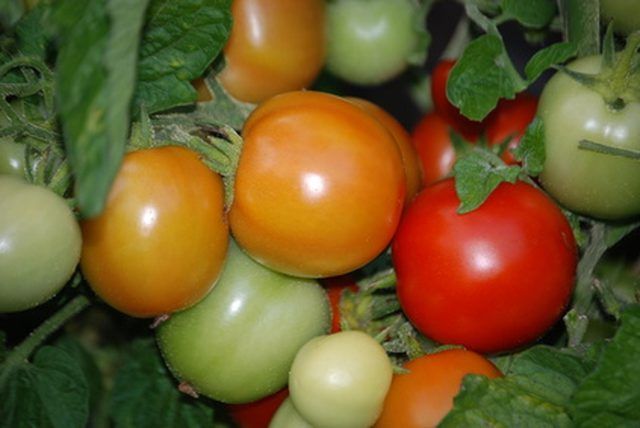Bulbs
Flower Basics
Flower Beds & Specialty Gardens
Flower Garden
Garden Furniture
Garden Gnomes
Garden Seeds
Garden Sheds
Garden Statues
Garden Tools & Supplies
Gardening Basics
Green & Organic
Groundcovers & Vines
Growing Annuals
Growing Basil
Growing Beans
Growing Berries
Growing Blueberries
Growing Cactus
Growing Corn
Growing Cotton
Growing Edibles
Growing Flowers
Growing Garlic
Growing Grapes
Growing Grass
Growing Herbs
Growing Jasmine
Growing Mint
Growing Mushrooms
Orchids
Growing Peanuts
Growing Perennials
Growing Plants
Growing Rosemary
Growing Roses
Growing Strawberries
Growing Sunflowers
Growing Thyme
Growing Tomatoes
Growing Tulips
Growing Vegetables
Herb Basics
Herb Garden
Indoor Growing
Landscaping Basics
Landscaping Patios
Landscaping Plants
Landscaping Shrubs
Landscaping Trees
Landscaping Walks & Pathways
Lawn Basics
Lawn Maintenance
Lawn Mowers
Lawn Ornaments
Lawn Planting
Lawn Tools
Outdoor Growing
Overall Landscape Planning
Pests, Weeds & Problems
Plant Basics
Rock Garden
Rose Garden
Shrubs
Soil
Specialty Gardens
Trees
Vegetable Garden
Yard Maintenance
How to Apply Lime to Tomato Plants
How to Apply Lime to Tomato Plants. Determining the need for lime in your tomato patch is as simple as taking a soil test. Adding lime is even easier. Garden-grade lime is rich in calcium and magnesium which is essential for tomato fruit development. Avoid blossom-end rot and other common conditions by following these easy steps.

Determining the need for lime in your tomato patch is as simple as taking a soil test. Adding lime is even easier. Garden-grade lime is rich in calcium and magnesium which is essential for tomato fruit development. Avoid blossom-end rot and other common conditions by following these easy steps.
Things You'll Need
Garden grade dolomite lime
Soil test kit
Rake or shovel
Gloves
Purchase a soil test kit at the local garden center or general merchandise outlet. In fall or early spring, test the soil according to manufacturer's directions. Take note of the calcium and pH levels of your soil.
Determine if you need lime. Tomatoes prosper in soil with a slightly acidic pH level between 6 and 6.8. Lime will raise the pH level of soil. If your soil tests lower than 6, add lime to bring it up. If the test shows a deficiency in calcium, add lime to increase it.
Add lime to the soil before setting plants out in spring. To raise the pH by one unit, use about 1/2 lb. of lime to each 10 square feet of garden area by lightly dusting it over the surface, then incorporate it deeply with a rake, shovel or gloved hands. Calcium and pH levels will increase slowly with each addition.
Watch the fruit production over the season. If blossom-end rot occurs, calcium uptake may be hindered by an inconsistent watering schedule or the soil is still not balanced. Maintain a uniform supply of water during the entire growing season to stave off preventable disease. Too much water can drown the roots and also cause problems. Take another soil test in fall after tomato season is through and add lime as needed.
Tips & Warnings
Excess nitrogen causes a mass of leaf production, but few fruits.
Choose plants that are suitable for your region. Usually, local garden centers will provide just the right selection that will adapt.
Water at the base of the plants to the depth of 1 inch whenever the soil is dry. Water early in the day before the heat sets in. Too much moisture on the leaves attracts pathogens.